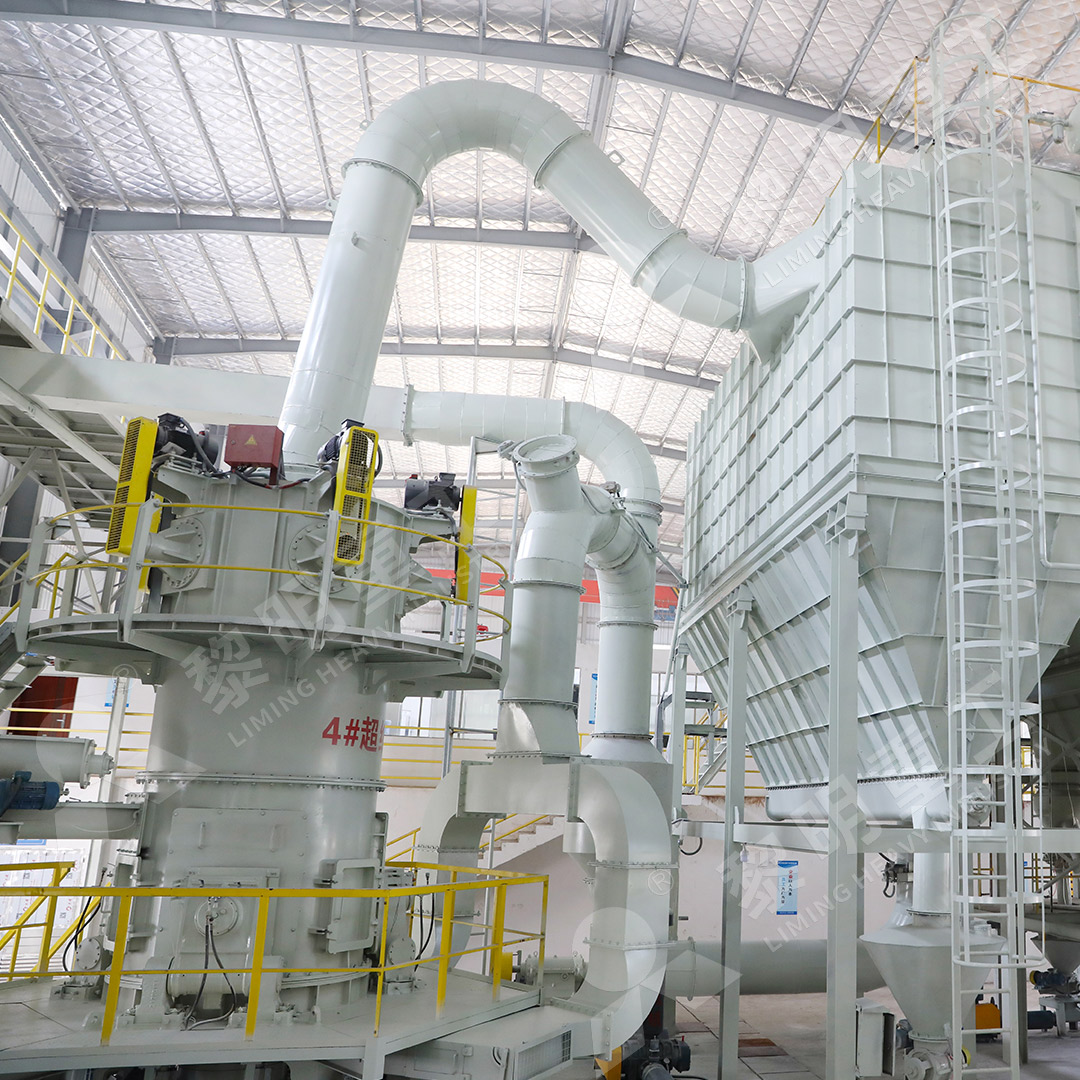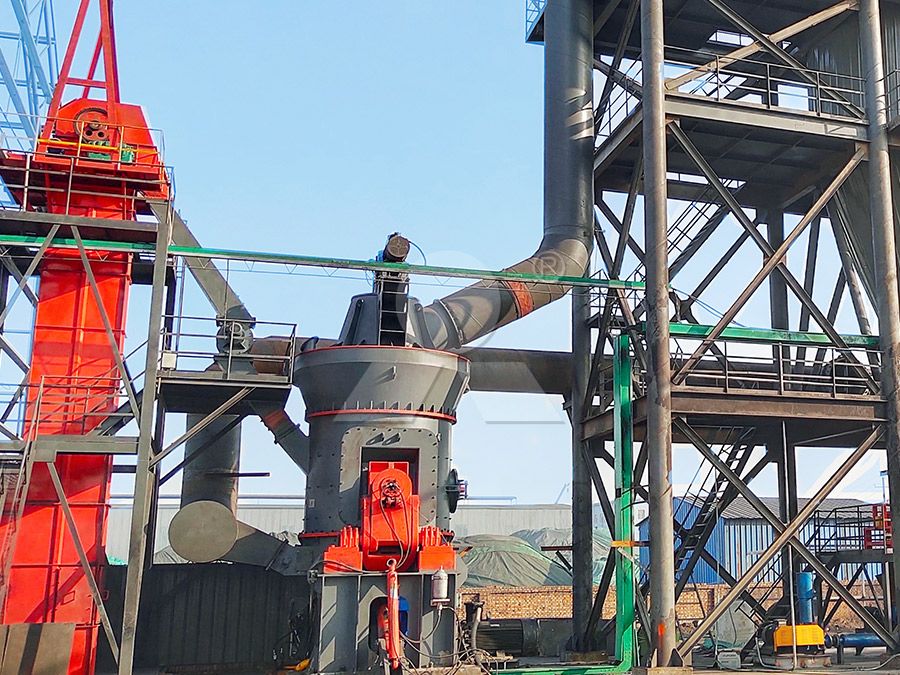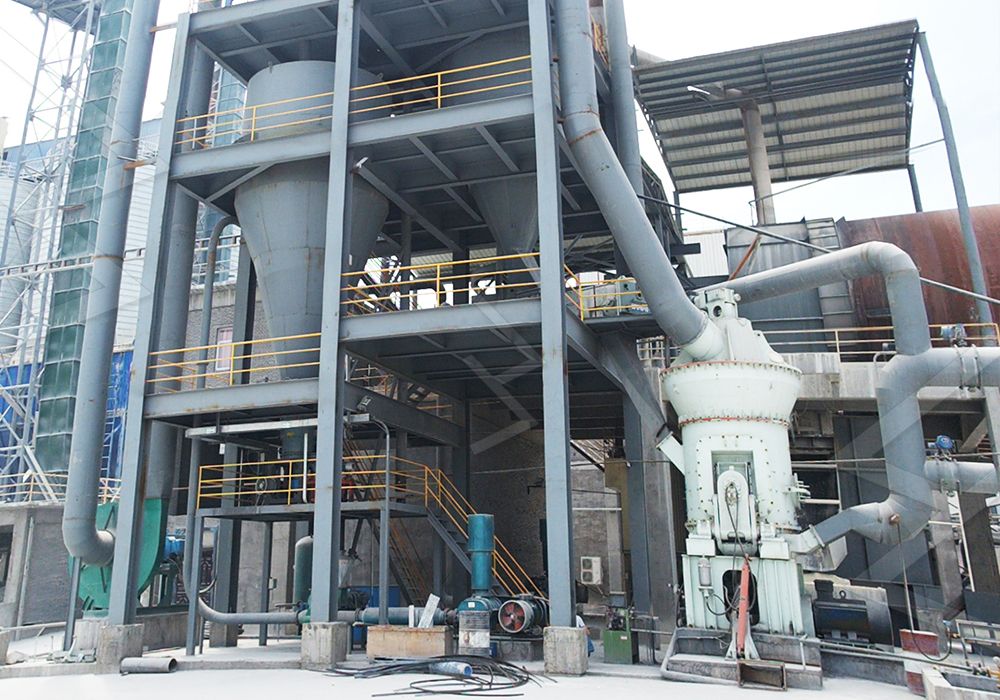Optimizing Production Efficiency with Vertical Roller Mills in Industrial Applications
Optimizing Production Efficiency with Vertical Roller Mills in Industrial Applications
In today’s competitive industrial landscape, maximizing production efficiency while minimizing operational costs remains a paramount objective for manufacturers across numerous sectors. The grinding and processing of raw materials represent critical stages where technological advancements can yield substantial benefits. Among these innovations, vertical roller mills (VRMs) have emerged as transformative solutions, offering unparalleled efficiency, reliability, and environmental performance compared to traditional ball mills.
The fundamental advantage of VRMs lies in their integrated design. They consolidate multiple processes—crushing, drying, grinding, classifying, and conveying—into a single, compact unit. This consolidation drastically reduces the system’s footprint, often by up to 50%, and simplifies the entire production line. The vertical configuration facilitates a more efficient material flow and grinding mechanism, where rollers press against a rotating table, utilizing centrifugal force to achieve precise particle size reduction.

When selecting a mill, two key performance indicators are input size and capacity. For operations requiring the production of ultra-fine powders from a medium feed size, the MW Ultrafine Grinding Mill presents an exceptional choice. Engineered for customers needing to make ultra-fine powder, this machine accepts an input size of 0-20 mm and delivers a capacity ranging from 0.5 to 25 tons per hour (tph). Its design incorporates an efficient pulse dust collector and muffler, ensuring the production process has minimal impact on the environment. A standout feature is its higher yield and lower energy consumption; with the same fineness and power, its production capacity is 40% higher than jet mills and twice as large as ball mills, while system energy consumption is just 30% of a jet mill. Furthermore, its cage-type powder selector allows for adjustable fineness between 325 and 2500 meshes, offering remarkable flexibility for various industrial applications from chemicals and paints to cosmetics and food additives.
For projects demanding a robust solution with higher throughput for slightly smaller input materials, the LUM Ultrafine Vertical Grinding Mill is a technologically advanced alternative. With an input size of 0-10 mm and a capacity of 5-18 tph, the LUM mill integrates the latest grinding roller and powder separating technologies. It is independently designed to avoid common issues like long lingering time and repeated grinding, which can compromise product quality. Its unique roller shell and lining plate grinding curve make it easier to generate a stable material layer, enabling a high rate of finished products in a single pass. This design not only enhances working efficiency but also improves the whiteness and cleanliness of the final product, making it ideal for superfine dry powder of non-metal ores.

Operational stability and maintenance ease are critical for continuous production. Modern VRMs address these concerns through innovative engineering. Features like double position-limiting technology prevent destructive impacts between grinding rollers and millstones, ensuring stable operation even under variable load conditions. The absence of rolling bearings and screws in the grinding chamber of mills like the MW series eliminates worries about bearing damage or loose screws causing machine failure. Additionally, reversible structures and external lubrication systems allow for easier, faster maintenance and component replacement, significantly reducing costly downtime.
The environmental compliance of industrial equipment is no longer optional. VRMs are designed with this imperative in mind. Fully sealed systems operating under negative pressure prevent dust spillage. Integrated pulse dust collectors and silencers effectively control particulate emissions and noise levels, ensuring operations meet stringent national and international environmental protection standards. This makes them a sustainable choice for modern, eco-conscious manufacturing facilities.

In conclusion, the adoption of advanced vertical roller mills represents a strategic investment for industries reliant on fine and ultra-fine powder processing. By offering a combination of higher yield, significantly lower energy consumption, reduced operational costs, and superior environmental performance, VRMs like the MW and LUM series are pivotal technologies for optimizing production efficiency and achieving sustainable growth in today’s industrial applications.
Frequently Asked Questions (FAQ)
Q: What is the main advantage of a vertical roller mill over a traditional ball mill?
A: The primary advantages are significantly higher energy efficiency (30-50% less energy consumption), a much smaller footprint, integrated drying and grinding capabilities, and better control over product fineness and particle size distribution.
Q: Can VRMs handle abrasive materials?
A: Yes. Modern VRMs are constructed with high-performance wear-resistant materials for grinding rollers and tables. Their design often minimizes direct metal-to-metal contact, reducing wear and extending the service life of vulnerable parts.
Q: How is the fineness of the final product controlled?
A: Fineness is precisely controlled by an internal dynamic powder separator. By adjusting the speed of the separator’s rotor, operators can accurately determine the cut point, allowing for a wide range of fineness, from coarse to ultra-fine powders, without stopping the mill.
Q: Are these mills suitable for environmentally sensitive locations?
A: Absolutely. VRMs are designed as closed systems operating under negative pressure, which prevents dust escape. They are equipped with high-efficiency pulse jet baghouse dust collectors and noise reduction systems, ensuring compliance with strict environmental regulations.
Q: What kind of maintenance is required?
A: Maintenance is simplified through designs that allow for easy access to grinding components. Features like hydraulic systems for roller extraction and external lubrication points enable routine checks and part replacements with minimal downtime, supporting worry-free, continuous operation.
